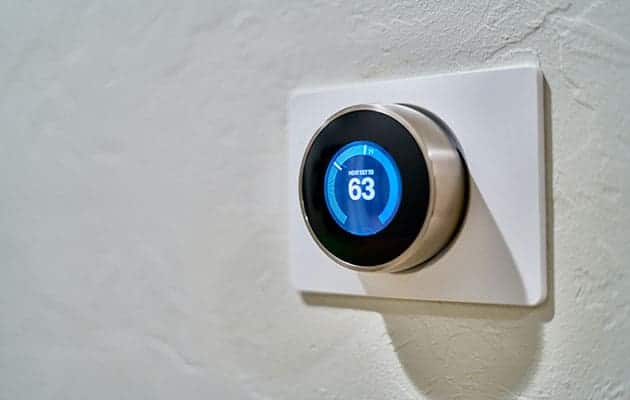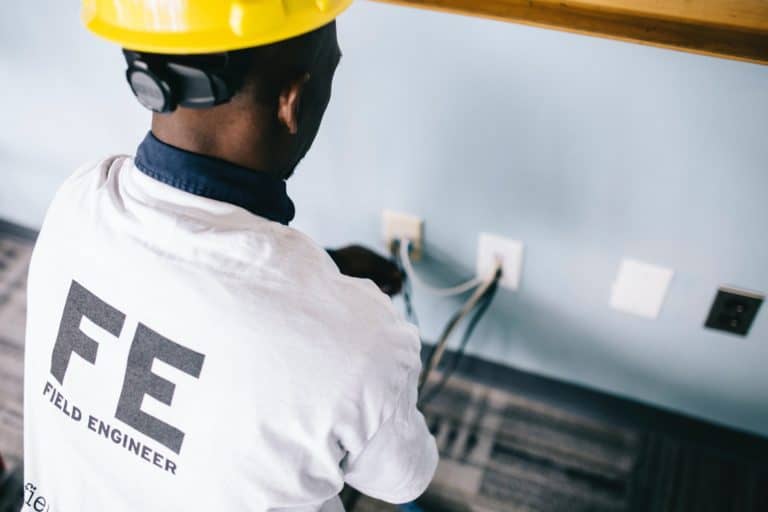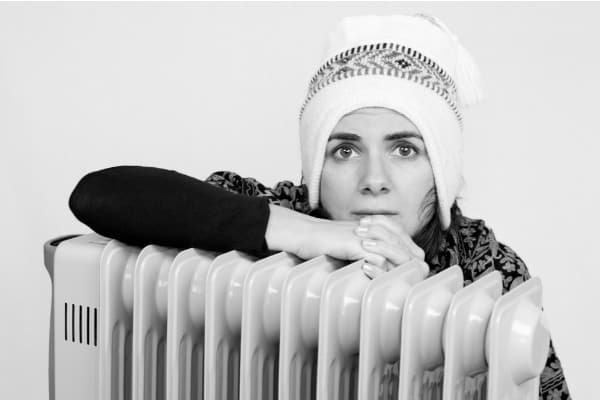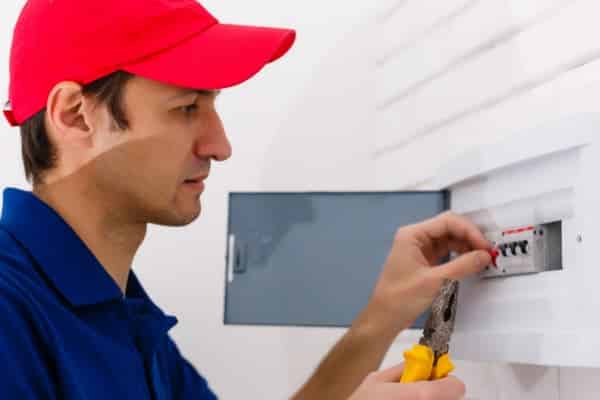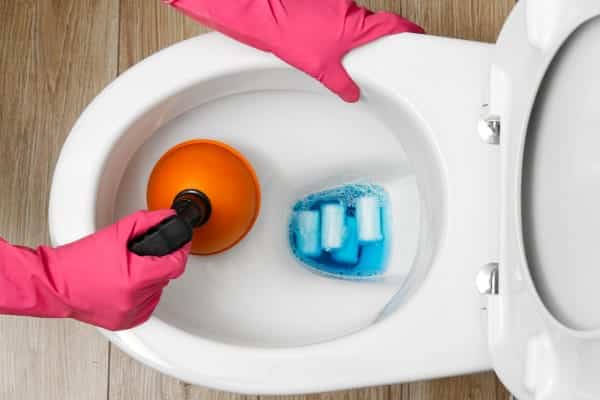Find My Local Expert Is your Heater Energy-Efficient? Most people...
Read More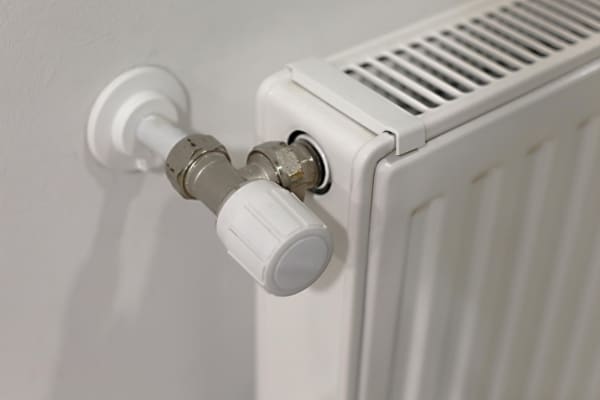
Easy Ways to Bleed and Maintain your Boiler
Central heating systems are, for now at least, the most cost-effective and accessible way to heat our homes. By using gas-powered boilers to heat water and circulating that water around the home where the heat can be transferred into the property through radiators, we get an extremely effective heating solution at a very reasonable cost compared to many of the alternatives. But it is not a maintenance-free system.
The key thing about central heating systems is that water pressure needs to be maintained to achieve an efficient heat transfer. If the water pressure is too low, it is harder to pump the water around the system (indeed, most boilers simply don’t try if the pressure is too low) and the capacity of the water to hold heat is reduced.
The biggest culprit in bringing that pressure down is air. Air can get into a central heating system through a number of ways, but regardless of how it gets there, its presence immediately reduces the efficiency of your central heating system.
The key point here is that the heating process is achieved by using a gas flame to heat the water. If the water pressure is lower, it will retain less heat, but the flame still burns at the same rate. This means that you are using (and paying for) the same amount of gas, but getting noticeably less heat. Obviously this is a bad thing for your own finances, but particularly at a time when we should all be looking to reduce our energy usage as the impact of human-made climate change and global warming continues to become apparent.
Bleeding your radiators gets the air out of your central heating system, allowing you to simply let more water in to increase the pressure and get everything back to running as it should, so it’s important to keep on top of this, whether you do it yourself or get a professional in to take care of it. In this post, we’re going to walk you through the process.
How Does Air Get Into My Radiators?
Central heating is a closed system—as you might hope from a system that pumps scalding hot water around your home—so you might be wondering how air gets in there in the first place.

There are a few ways this can happen, with the most obvious one being a leak. We say “obvious” in the sense that it makes intuitive sense to an average homeowner that a leak in their central heating could let air in, but in practice, central heating leaks are often difficult to find.
They are often small (you would certainly notice a large jet of pressurised hot water in your living room!) and the fact that they are small means that only a small amount of water leaks out. Combine this with the fact that the water is hot, and you have a very difficult time locating the leak because the small amount of water that escapes will often evaporate almost immediately.
Air can also get in due to the chemical reactions that go on inside the radiators as their interior slowly rusts over time. And, finally, air can come in through the water feed itself. Transferring large volumes of water at high pressure across an entire region requires a lot of energy, so it shouldn’t be surprising that the water coming out of your taps might be a little agitated and contain tiny air bubbles.
When to Bleed a Radiator
Simply put, the time to bleed your radiator is when air has got into your system, however there is a matter of routine maintenance about it, meaning that you should be having your radiators bled on a regular basis even when there’s no reason to believe there is air in there. So let’s start with how to recognise the signs of air in your central heating system.
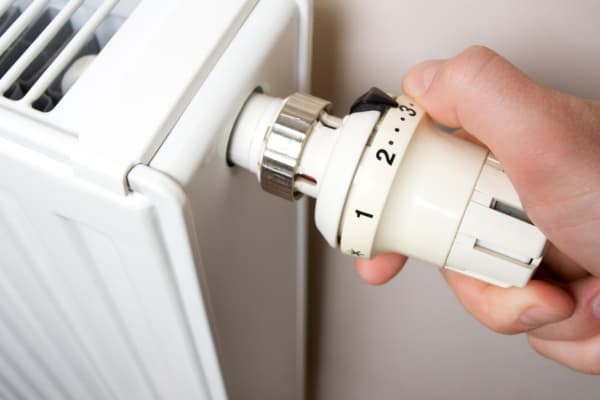
How to Tell if Your Radiators Need Bleeding
The first giveaway is if your central heating is putting out noticeably less heat than it should be. This in and of itself is not a sign that there is air in your central heating—it could be a problem with the boiler or thermostat—but it is easy to detect and requires little effort on your part. Which is to say that you’ll probably notice if your house is too cold.
If you notice your heating not being up to scratch, work your way around the house and check each radiator, being careful not to burn your hand. A radiator that has air in it will be noticeably cooler at the top than at the bottom. The more of the radiator that is cool, the more air there is in that radiator.
The cool section of the radiator happens because air is lighter than water, so it rises to the high points of your system, which just so happen to be the top of your radiators. The hot water still flows through the radiator, but it can not get near the top section because of the air.
In fact, there is often a very clear border between the air and the water, with the temperature difference being sudden, showing where the level of the water is. As a general rule, if there is enough air in your radiator that you can detect a cooler patch by feel, your radiators definitely need bleeding.
Another sign that your radiators need bleeding is gurgling sounds when you turn your heating on. In a healthy system, every bit of internal space is filled with water, preventing the flow of that water from making any noise.
When there is air in the radiator, the sudden movement of water when your central heating system starts up will disturb the surface of the water in your radiator, causing it to gurgle. This will often settle down once the heating has been on for a little while.
How Often Should I Bleed Radiators?
There is no standard interval for bleeding radiators because there is no significant damage being done by it—other than to your bank account with wasted utility bills, that is. However, it doesn’t hurt to get your radiators bled every so often to make sure that everything is in tip-top shape.
The best time to do this is when your boiler’s annual service comes up, because you can have the technician who comes out to inspect the boiler take care of the bleeding at the same time. Make sure to mention that you want the radiators bleeding when you get a quote, however. Just avoid any nasty surprises with the bill.
Where to Start Bleeding a Radiator
You won’t break anything by starting with the “wrong” radiator, but you could make your task take much longer than it needs to, since you could end up having to re-bleed some radiators.
You want to start with the downstairs radiator that is farthest from the boiler, working your way back towards the boiler itself. Once downstairs is done, you can move onto the upstairs (if there is an upstairs) and follow the same process as you did when you were downstairs.
How to Bleed a Radiator
So how do you go about the bleeding process itself? Follow this handy step-by-step guide;
#1 Turn On Your Heating
This may sound counterintuitive, but your central heating needs to be on so that the water is up to temperature and, as a result, up to pressure. If you haven’t already checked your radiators for cold spots, now is the time to do it.

#2 Turn Off Your Central Heating
As important as it is to have the heating on to check for cold spots, it’s also important not to burn your hands while bleeding your radiators.
#3 Prepare the Area
Water is going to come out of your radiator, and it could even be dirty, rust-coloured water. Needless to say, you don’t want that on your carpet. Put something down under the radiator and have a towel or cloth on hand.
#4 Bleed the Radiator
Using a radiator key, open the bleed valve (it should be near the top, usually near the sides and looks like a small square peg in a larger round hole) until you hear a hissing sound. You won’t need to turn it far. The hissing sound is air being forced out through the bleed valve.
#5 Tighten Bleed Valve
When the hiss of air starts to “slurp” and gurgle, or a drip or jet of water comes out of it, it’s time to tighten back up the bleed valve.
Repeat Process, Check Pressure
You can now repeat this process on your other radiators, though you will need to keep tabs on the water pressure. Bleeding radiators reduces the pressure, and you might need to let more water in before you can continue bleeding.
Maintaining Your Heating
The best way to deal with central heating problems is to prevent them from happening, and you can do that with regular maintenance performed by a qualified professional. Annual boiler maintenance is often required as part of a boiler’s warranty, but it is recommended to keep them going regardless because it increases the chances you’ll catch a problem early.
There are things you can do to keep on top of your system’s health, however, such as;
- Listen out for noises coming from the radiator or boiler
- Occasionally check your radiators for cold spots
- Periodically check the water pressure of your system
You May Also Like...
How To Safely Identify Electrical Faults in Your Home
Find My Local Expert How To Safely Identify Electrical Faults...
Read MoreFree Storage Heaters for UK Pensioners
Find My Local Expert Free Storage Heaters for UK Pensioners...
Read MoreEasy Steps to Reset your Circuit Breaker
Find My Local Expert Easy Steps to Reset Your Circuit...
Read More6 Reasons Why Your Toilet Bowl Isn’t Flushing
Find My Local Expert 6 Reasons Why Your Toilet Bowl...
Read MoreGet your Boiler Maintained by a Professional
My Trusted Expert Guarantee
Experts Have Been Vetted & Approved
